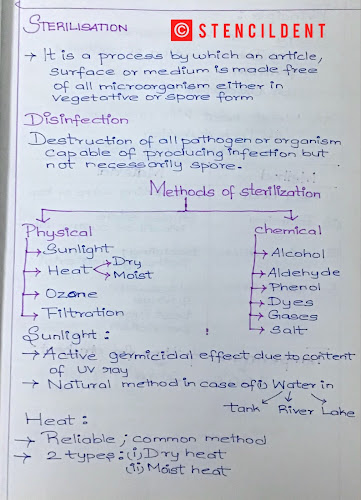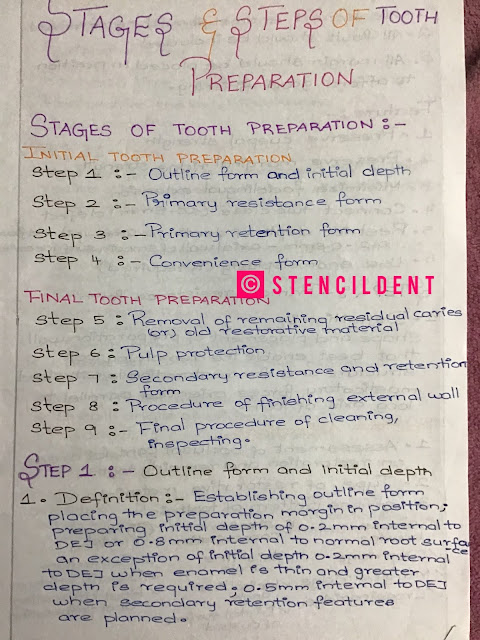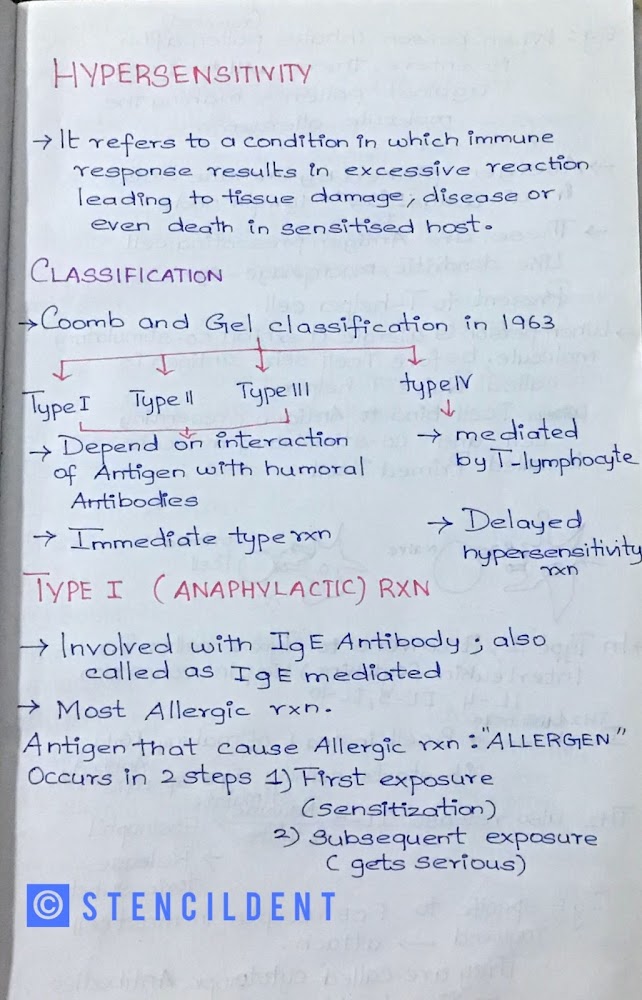Paracetamol -mechanism of action,pharmacokinetics,uses,adverse effect
PARACETAMOL
- Analgesic ,anti-pyretic ,week anti inflammatory properties.
- Brain:Active cyclo-oxygenase -anti-pyretic action
- Gastric irritation mild
STUDENT CORNER:
HI!my dear stencildent family welcome back to our website ,if your knew to our site please do consider checking out our other posts to ,now moving on to our topic of discussion for today its about a very well and often used,and misused drug paracetamol it belongs to non -steroidal antiinflammatory drug click on this link to learn about NSAID CLASSIFICATION .
PHARMACOKINETICS:
- Orally well absorbed
- Thirty percent protein bound
- Metabolised by microsomal enzyme
ADVERSE EFFECT:
- Nausea
- Rashes
Large dose:
- Acute paracetamol poisoning
- Hepatotoxic
- Jaundice
- Nephrotoxicity - renal failure
USES:
- Analgesic:tooth ache ,head ache
- Antipyretic
- Chronic pulpitis,periodontal abscess,post extraction
MECHANISM OF ACTION:
- Small portion:
metabolised to -N-acetyl benzoquinone gets detoxified ,conjugation to glutathione
- large doses:
glutathione depleted ,toxic metabolites bind to sulphydryl group
chronic alcoholics,infants more prone to hepatotoxicity.
ACUTE PARACETAMOL POISONING :
- Occur in children ,low hepatic glucuronide conjugating ability
MECHANISM OF TOXICITY:
- N-acetyl -p -benzoquinoneimine highly reactive arylating minor metabolite
- Detoxified by conjugation with glutathione
LARGE DOSE:
- Glucuronidation capacity saturated
In chronic alcoholics:
- Alcholism induced toxicity
TREATMENT:
- Antidote N-acetylcysteine infused intra venously or orally






Comments
Post a Comment